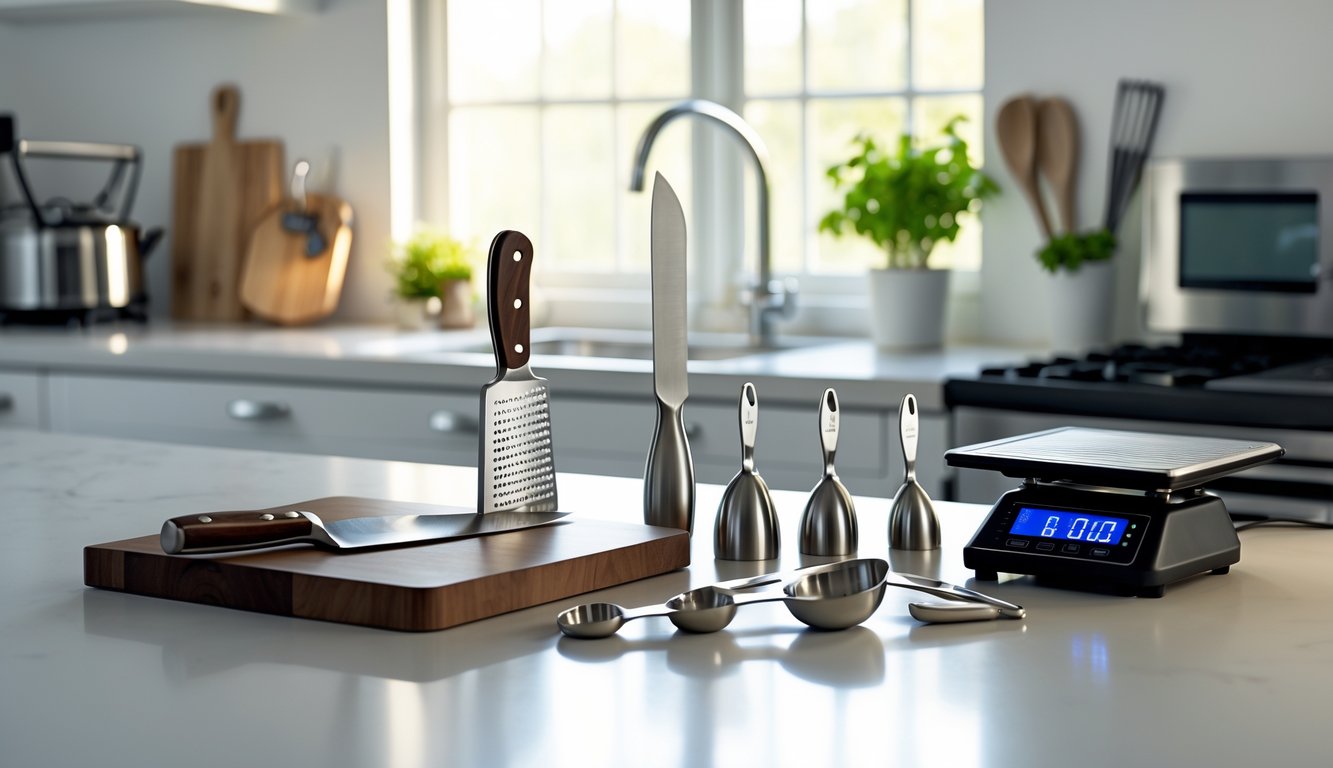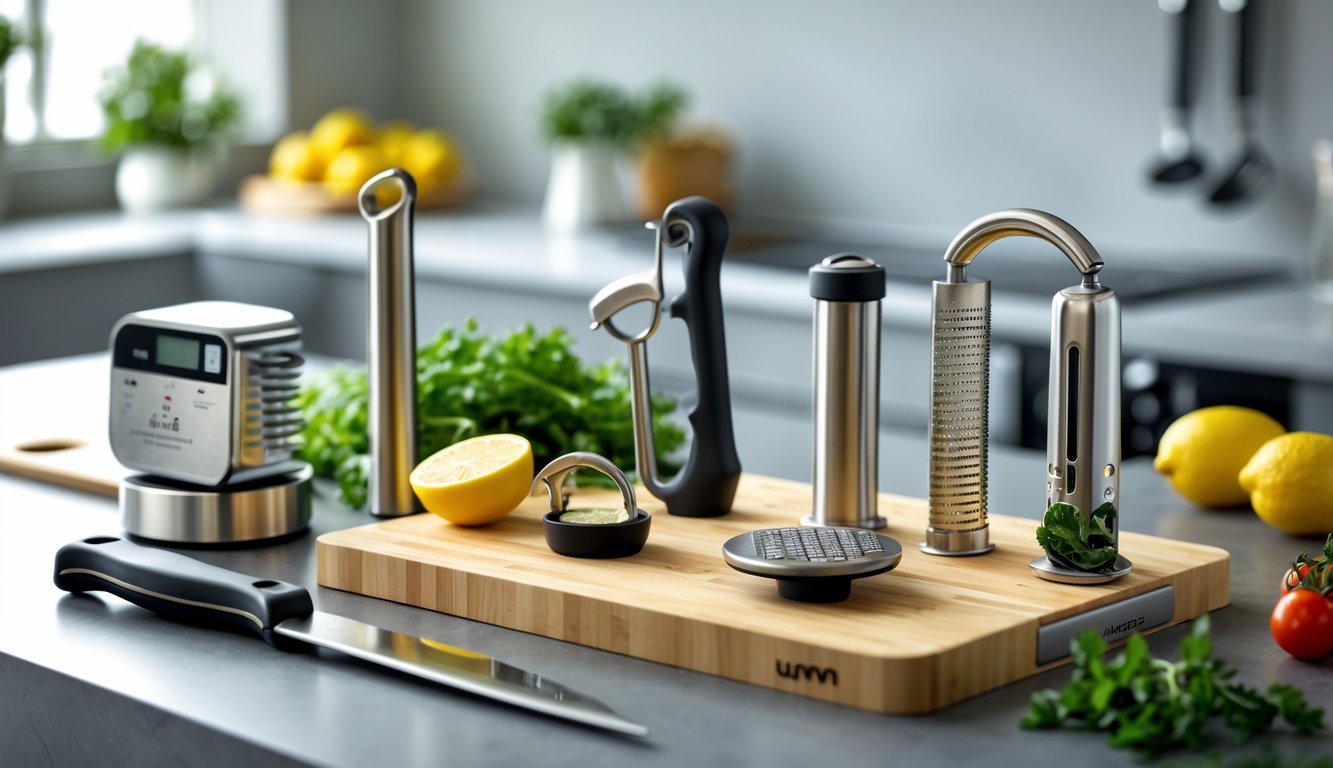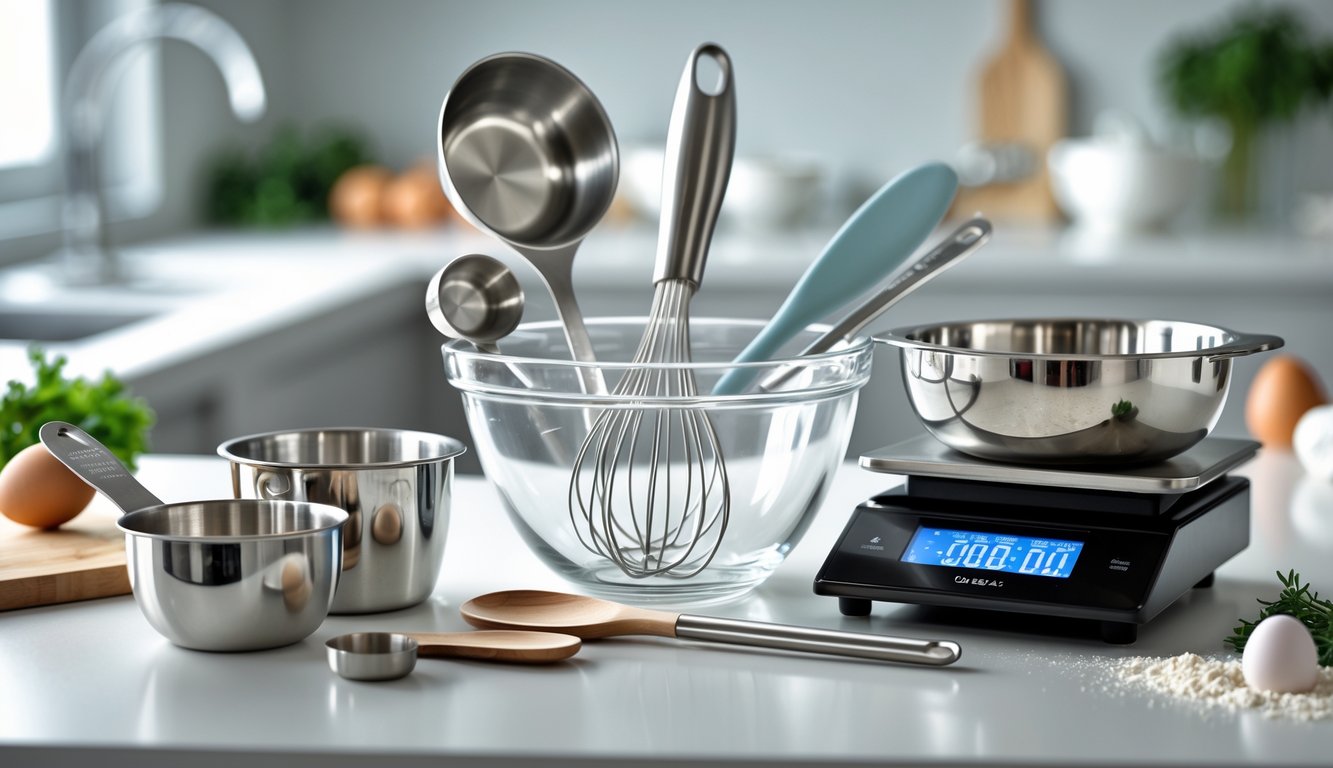
Prep Tools That Speed Up the Cooking Process

Why does stuff always stick to the board, even after I wipe it? I don’t know. Prep is a time sink—miss a step and dinner’s wrecked, but who has the attention span? I’m always distracted, boiling three things at once, and precision flies out the window.
Mandolines for Uniform Slicing
“Just eyeball it.” Yeah, right—tried that and ended up with mangled cucumbers. Chefs don’t mess around; even slices mean even cooking, end of story. My mandoline? Front and center. Sharp enough to terrify me. If you skip the hand guard, you’ll regret it—ask my thumb. Benriner Japanese mandoline is my go-to—light, adjustable, not fancy, but slices potatoes paper-thin without drama. Dishwasher safe? Maybe, but I wash by hand because ER visits are pricey.
Uniform slices save money too—less waste. America’s Test Kitchen has their favorites, and every line cook I know owns one, even if they pretend otherwise. Onion fumes are worse when I chop by hand. Why? No clue.
Food Processors and Their Many Uses
Chopping herbs by hand is a nightmare. Green confetti everywhere, wrists aching. The best food processors, like Breville Sous Chef 16 Pro, replace three gadgets at once but nobody talks about the real perk—my wrists don’t scream anymore.
Hummus in two minutes? Sure. Shredding cheese with a box grater? Never again. Feed chute’s big enough for whole tomatoes, pulse button saves me from turning salsa into soup—except that one time I made celery paste by accident. Cleanup isn’t as bad as it looks. Parts only fit one way (idiot-proof, apparently; I managed after losing the manual). Salsa, nut butters, pie crusts, whatever—I’d process my bills if it helped.
Small Gadgets That Make a Big Difference

Trying to keep breakfast edible, coffee grounds off the floor, and somehow these tiny gadgets get used the most. No one ever says, “Dinner worked because of my microplane!” but, honestly, it’s true.
Microplane Graters and Zesters
Yesterday, I grated parmesan straight onto pasta—no sad bag shreds, just a microplane doing its thing. Lemon zest on salad? Game-changer (ugh, I said I wouldn’t use that word, but it is). Box graters are a joke for zest. Handheld microplanes do everything: garlic paste, nutmeg, chocolate—less mess, no stinky fingers. Every pro kitchen I’ve been in hides a pile of battered Microplanes, never the expensive ones. Harold McGee (food science guy) swears by fine rasps for more flavor. I trust him. Chocolate curls on dessert instead of hacking at a brick? Less panic, more fun. Serious Eats has a whole thing on microplane tools if you’re not convinced. Cleaning them sucks, but worth it. Why does grated garlic taste better? I have no idea—science, maybe.
Kitchen Scales for Precision
Flour everywhere, hands scooping like a raccoon, then—wait, why am I not using a scale? Tare, pour, done. Every pro I’ve met rants about accuracy, and they’re not wrong. Saw a chef hide a $15 digital scale under the counter at a Michelin-star place—said it was “essential, not fancy.” Switch between grams and ounces, whatever the recipe demands. Nobody brags about their measuring cups.
You’d be shocked how off scoops are—rice, coffee, flour, doesn’t matter. Best-rated kitchen scales of 2025, apparently. I tried a $60 “artisan” scale and a $9 one—consistency was all that mattered. Never weighed water until a recipe forum yelled at me. Soggy pancakes only happened once. Battery life is annoying, but if I keep hitting zero between ingredients, at least I can blame the recipe when things flop. Why do my cakes still sink? No clue—physics hates me.
Mixing and Measuring Tools Every Chef Loves

It’s never just spoons or the “classic” chef’s knife that mess me up—those show up on every kitchen gift list, like nobody’s heard of them. What actually helps? The weirdly specific gear. If you’ve ever scraped dough off the side of a bowl or watched vanilla spill everywhere, you know. One wrong bowl or a set of wobbly measuring cups, and suddenly I’m questioning my life choices.
High-Quality Mixing Bowls
Why am I always missing the right size? I’ve got a stainless set—wide, shallow, heavy enough not to tip if I’m wrestling dough or whisking vinaigrette. Polished steel, no weird smells, and every pro baker I’ve met says the same (Food & Wine’s tool guide backs me up). Broke a cheap glass bowl last year—never again. Rubber bottoms are underrated; bowls that don’t skid are a lifesaver. Nesting matters—tiny kitchens punish single-use stuff. Every time I grab my big metal bowl, I wish it had measurement marks. Why don’t more brands add those?
Liquid and Dry Measuring Tools
Here’s the “cook’s math” nobody wants: dry and wet stuff need different tools. Ask a pastry chef, or check this detailed list. My glass liquid cups (angled lines, easy to read) have survived years; dry cups go missing constantly, probably hiding in the flour bin. Each type matters, and I double up—sticky things in one, cocoa in another. Washing mid-recipe is the worst. Digital scale is non-negotiable if you’ve ever botched a cake. Sometimes I use a yogurt container instead, which—let’s be real—is only endorsed by chaos.